当前位置:网站首页>Manhattan distance and Manhattan rectangle - print back font matrix
Manhattan distance and Manhattan rectangle - print back font matrix
2022-07-06 06:08:00 【starnight531】

Manhattan distance and Manhattan rectangle
Food Guide :
Leetcode The column opens , Because the blogger is closed at the end of the period , So only one question per day Try to solve more than one problem , First say the train of thought. , Then the code realizes , Necessary comments will be added Grammar or STL The content will be highlighted at the attention point , Novice friendly Welcome to the blogger's magic tricks column , Detailed explanation of connotation algorithm foundation and code template
Title Description :
Input integer N, Output one N Two dimensional array of order glyphs .
The outermost layer of the array is 1, The outer layer is 2, And so on .
Input format
The input contains multiple lines , Each line contains an integer N.
When the input behavior N=0 when , End of input , And the bank doesn't need to do anything .Output format
For each input integer N, Output one that meets the requirements N Order two-dimensional array .
Each array takes N That's ok , Each row contains N Integers separated by spaces .
After the output of each array , Output a blank line .Data range
0≤N≤100
sample input :
1
2
3
4
5
0
sample output :
11 1
1 11 1 1
1 2 1
1 1 11 1 1 1
1 2 2 1
1 2 2 1
1 1 1 11 1 1 1 1
1 2 2 2 1
1 2 3 2 1
1 2 2 2 1
1 1 1 1 1Title source :https://www.acwing.com/problem/content/755/
Topic analysis :
Law 1 : Manhattan distance
Manhattan distance is two points in the vertical coordinate system ,x & y Direction Maximum projection distance
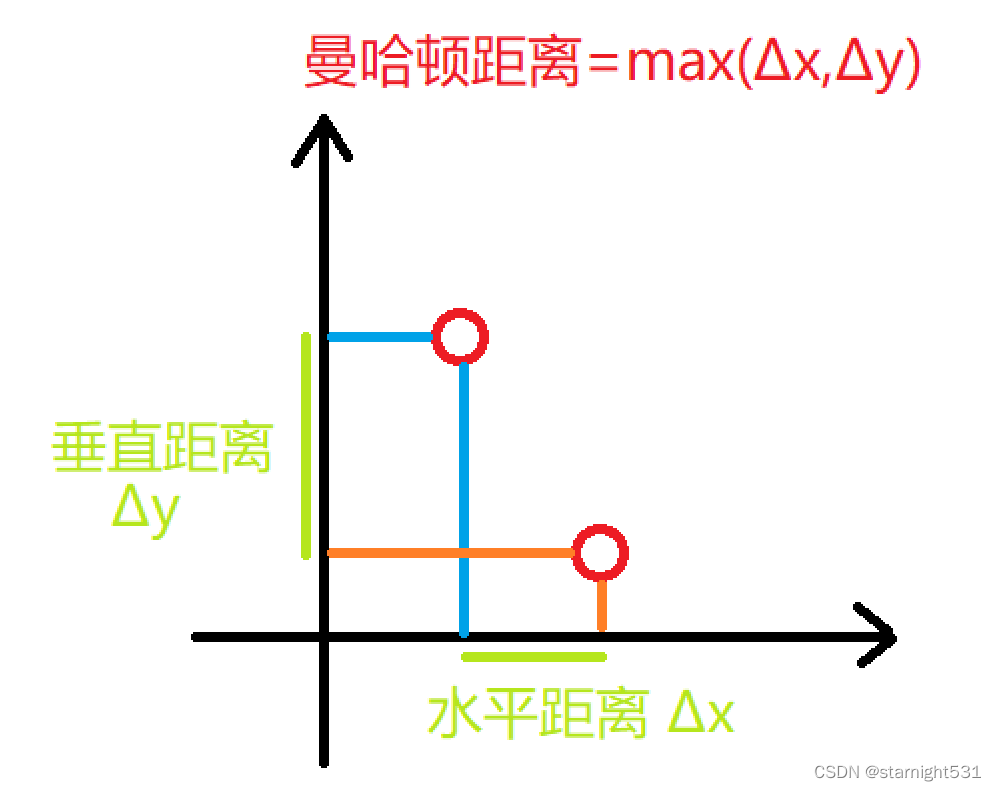
Apply to array / Matrix , Manhattan sets points at the same distance into A circle of rectangles around the center of the matrix ,
When calculating Manhattan distance , Number of district branches required / Parity of column numbers :
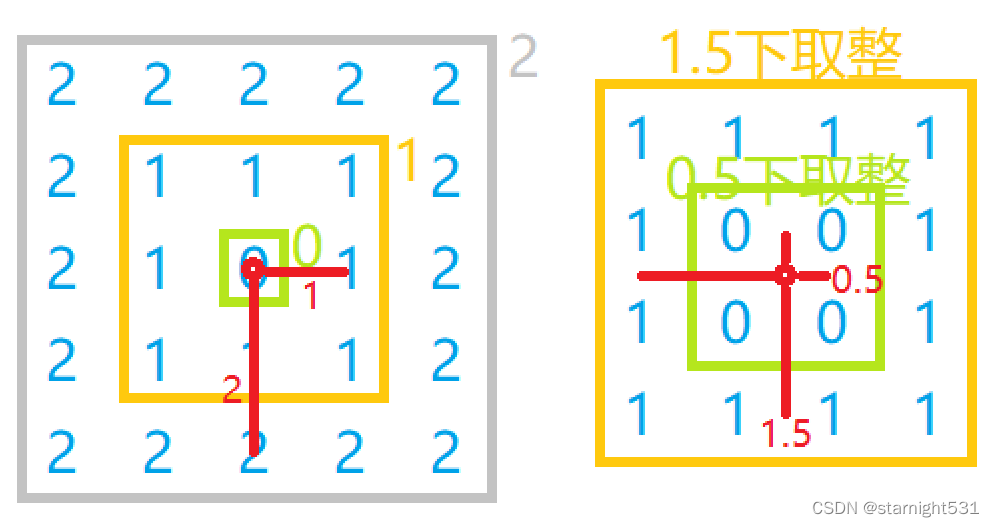
Law two : The relationship between array subscript and value
Manhattan distance is actually the conclusion of the research on the relationship between array subscripts and values
When you don't know the distance from Manhattan , Try exploring manually , Other conclusions of non Manhattan distance may be drawn
Direction 1: Deduce the relationship with distance
- The graph is symmetrical about the center
Points that do not cross the center line are used i Calculation , Cross the center line with n-1-i Calculation ,
be For all points , or i and n-1-i/n-i Calculate once each , Take the largest of the two / Small value , Or use absolute value
2. For points that do not cross the center line , Use examples to explore
n = 5 when ,n/2 = 2, Midpoint is (2, 2)
The first point arr[0][0] = 1, Distance to midpoint Δx = Δy =2
Second points arr[1][0] = 1, From the end Δx = 2, Δy =1
The third point arr[0][1] = 1, From the end Δx = 1, Δy =2
Determine the calculation formula :n/2 - max(abs(x-n/2) , abs(y-n/2)) + 1
3. For the point passing the center line , Use examples to explore
n = 5 when ,n/2 = 2, Midpoint is (2, 2)
The first point arr[4][4] = 1, Distance to midpoint Δx = Δy =2
Second points arr[3][4] = 1, From the end Δx = 1, Δy =2
The third point arr[4][3] = 1, From the end Δx = 2, Δy =1
Determine the calculation formula :n/2 - max(abs(x-n/2) , abs(y-n/2)) + 1
- After completing the derivation with distance , You will find that you are pushing Manhattan distance ,
Direction 2: Just look at the relationship between subscript and value
- n = 5 when :
- For points that do not cross the center line , Use examples to explore :
The first point arr[0][0] = 1,1 = max/min(x + 1, y + 1)
Second points arr[1][0] = 1,1 = min(x + 1, y + 1)
The third point arr[0][1] = 1,1 = min(x + 1, y + 1)
The stone hammer adopts min(x + 1, y + 1) - For the point passing the center line , Use examples to explore :
The first point arr[4][4] = 1,1 = max/min(n-x, n-y)
Second points arr[3][4] = 1,1 = min(n-x, n-y)
The third point arr[4][3] = 1,1 = min(n-x, n-y)
The stone hammer adopts min(n-x, n-y)
3. Look at all points as a whole :
Now there are two options :min(x + 1, y + 1) & min(n-x, n-y)
Check to see if / What kind of ?
For point arr[3][4],min(x + 1, y + 1) = 4, min(n-x, n-y) = 1
For point arr[0][0],min(x + 1, y + 1) = 1, min(n-x, n-y) = 5
It is found that the minimum value of the two schemes is taken for each point , So come to the conclusion :
- For points that do not cross the center line , Use examples to explore :
- So for all points :arr[i][j] = min(min(x + 1, y + 1) , min(n-x, n-y));
Law three : Symmetric simplification ( Strictly speaking, it belongs to skill rather than method )
Centrosymmetric image , Filling in a little is equivalent to filling in 4 spot .
With n = 5 Rectangle of , View symmetrical 4 Dot subscript relation :

When filling in the value of a quadrant , Manhattan matrix method can be used / The relationship between subscript and value
This technique increases the time complexity , Reduce the time to a quarter of the original
It can also be used as a starting point for thinking when simplifying and finding rules in the following topics
Algorithm template :
- Manhattan distance + Law of central symmetry Itself is the basic algorithm , No template
Code implementation :
Law 1 :
import java.util.Scanner;
import java.lang.Math;
public class Main{
public static void main(String[] args){
Scanner sc = new Scanner(System.in);
while(true){
int n = sc.nextInt();
if (n == 0) return; // Read the termination exit
for(int i=0; i<n; i++){
for(int j=0; j<n; j++){
if(n % 2 == 1)
// Manhattan is closer , Large value , A distance of 0 The value is (n+1)/2
System.out.print((n+1)/2 - Math.max(Math.abs(n/2-i), Math.abs(n/2-j)) +" ");
else
// Manhattan is closer , Large value , A distance of 0 The value is n/2
System.out.print((n/2) - Math.max((int)Math.abs((n-1)/2.0-i), (int)Math.abs((n-1)/2.0-j)) +" ");
}
System.out.println();
}
System.out.println();
}
}
}
Law two :
- Subscript and value relationship :Math.min(Math.min(i+1, j+1), Math.min(n-i, n-j))
import java.util.Scanner;
import java.lang.Math;
public class Main{
public static void main(String[] args){
Scanner sc = new Scanner(System.in);
while(true){
int n = sc.nextInt();
if (n == 0) return; // Read the termination exit
for(int i=0; i<n; i++){
for(int j=0; j<n; j++){
System.out.print(Math.min(Math.min(i+1, j+1), Math.min(n-i, n-j))+" ");
}
System.out.println();
}
System.out.println();
}
}
}
Law three :
- Manhattan distance filling :
import java.util.Scanner;
import java.lang.Math;
public class Main{
public static void main(String[] args){
Scanner sc = new Scanner(System.in);
while(true){
int n = sc.nextInt();
if (n == 0) return; // Read the termination exit
int[][] arr = new int[n][n];
// Even rows , Such as 4 That's ok 4 Column , Just fill in 0~1 That's ok & 0~1 Column
if(n % 2 == 0){
for(int i=0; i<n/2; i++){
for(int j=0; j<n/2; j++){
arr[i][j] = arr[n-1-i][n-1-j]
= arr[n-1-i][j] = arr[i][n-1-j]
= n/2 - Math.max(Math.abs((int)((n-1)/2.0 - i)), Math.abs((int)((n-1)/2.0 - j)));
}
}
}
// Odd row , Such as 5 That's ok 5 Column , It needs to be filled in 0~2 That's ok & 0~2 Column
else{
for(int i=0; i<=n/2; i++){
for(int j=0; j<=n/2; j++){
arr[i][j] = arr[n-1-i][n-1-j]
= arr[n-1-i][j] = arr[i][n-1-j]
= (n+1)/2 - Math.max(Math.abs(n/2 - i), Math.abs(n/2 - j));
}
}
}
for(int i=0; i<n; i++){
for(int j=0; j<n; j++){
System.out.print(arr[i][j]+" ");
}
System.out.println();
}
System.out.println();
}
}
}
- Fill in the relationship between subscript and value :
import java.util.Scanner;
import java.lang.Math;
public class Main{
public static void main(String[] args){
Scanner sc = new Scanner(System.in);
while(true){
int n = sc.nextInt();
if (n == 0) return; // Read the termination exit
int[][] arr = new int[n][n];
// Even rows , Such as 4 That's ok 4 Column , Just fill in 0~1 That's ok & 0~1 Column
if(n % 2 == 0){
for(int i=0; i<n/2; i++){
for(int j=0; j<n/2; j++){
arr[i][j] = arr[n-1-i][n-1-j] = arr[n-1-i][j] = arr[i][n-1-j] = Math.min(Math.min(i+1, j+1), Math.min(n-i, n-j));
}
}
}
// Odd row , Such as 5 That's ok 5 Column , It needs to be filled in 0~2 That's ok & 0~2 Column
else{
for(int i=0; i<=n/2; i++){
for(int j=0; j<=n/2; j++){
arr[i][j] = arr[n-1-i][n-1-j] = arr[n-1-i][j] = arr[i][n-1-j] = Math.min(Math.min(i+1, j+1), Math.min(n-i, n-j));
}
}
}
for(int i=0; i<n; i++){
for(int j=0; j<n; j++){
System.out.print(arr[i][j]+" ");
}
System.out.println();
}
System.out.println();
}
}
}
Be careful :
Manhattan distance formula :
- That's ok / The number of columns is odd :
manhattan = max(abs(x - n/2), abs(y - n/2));
The midpoint n/2 Rounding down , And the result itself is an integer - That's ok / The number of columns is even :
manhattan = max((int)abs(x - (n-1)/2.0), (int)abs(y-(n-1)/2.0));
That is, the midpoint is a decimal without rounding , and x - (n-1)/2.0 The result is rounded down - It can be abbreviated as , Divide the midpoint of an odd number directly 2, Even midpoint -1 Divide 2.0
- That's ok / The number of columns is odd :
For those with high safety requirements Java
double and int operation , Is first Int Integer raised to double And again double operation
take Double use (int) The explicit type is converted to int, It is also rounded down by default
边栏推荐
- Winter 2021 pat class B problem solution (C language)
- Buuctf-[gxyctf2019] no dolls (xiaoyute detailed explanation)
- 局域网同一个网段通信过程
- Baidu online AI competition - image processing challenge: the 8th program of handwriting erasure
- Grant Yu, build a web page you want from 0
- Overview of three core areas of Mathematics: algebra
- How Huawei routers configure static routes
- Memory and stack related concepts
- Idea new UI usage
- [leetcode] day96 - the first unique character & ransom letter & letter ectopic word
猜你喜欢

Mysql database master-slave cluster construction

MIT6.s081-2020 Lab2 System Calls

GTSAM中李群的運用

Report on market depth analysis and future trend prediction of China's arsenic trioxide industry from 2022 to 2028

Li Chuang EDA learning notes 12: common PCB board layout constraint principles
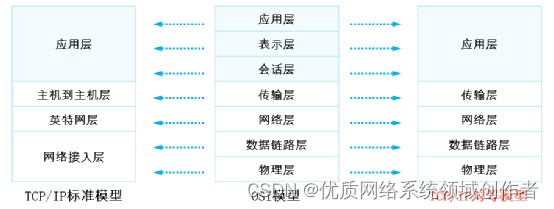
网络协议模型
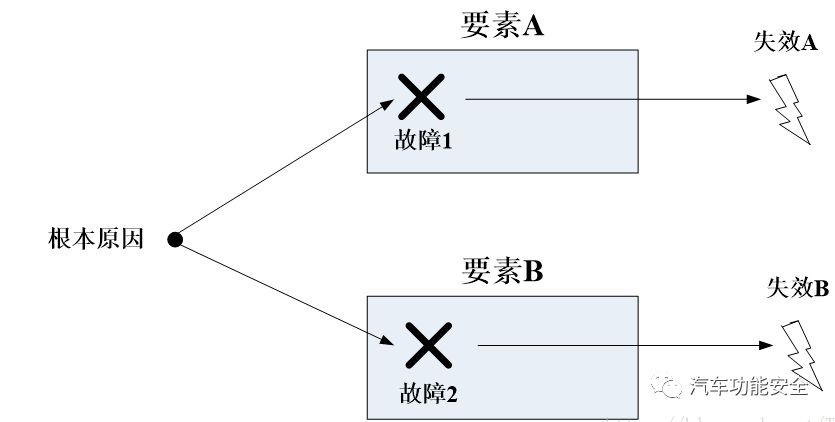
功能安全之故障(fault),错误(error),失效(failure)
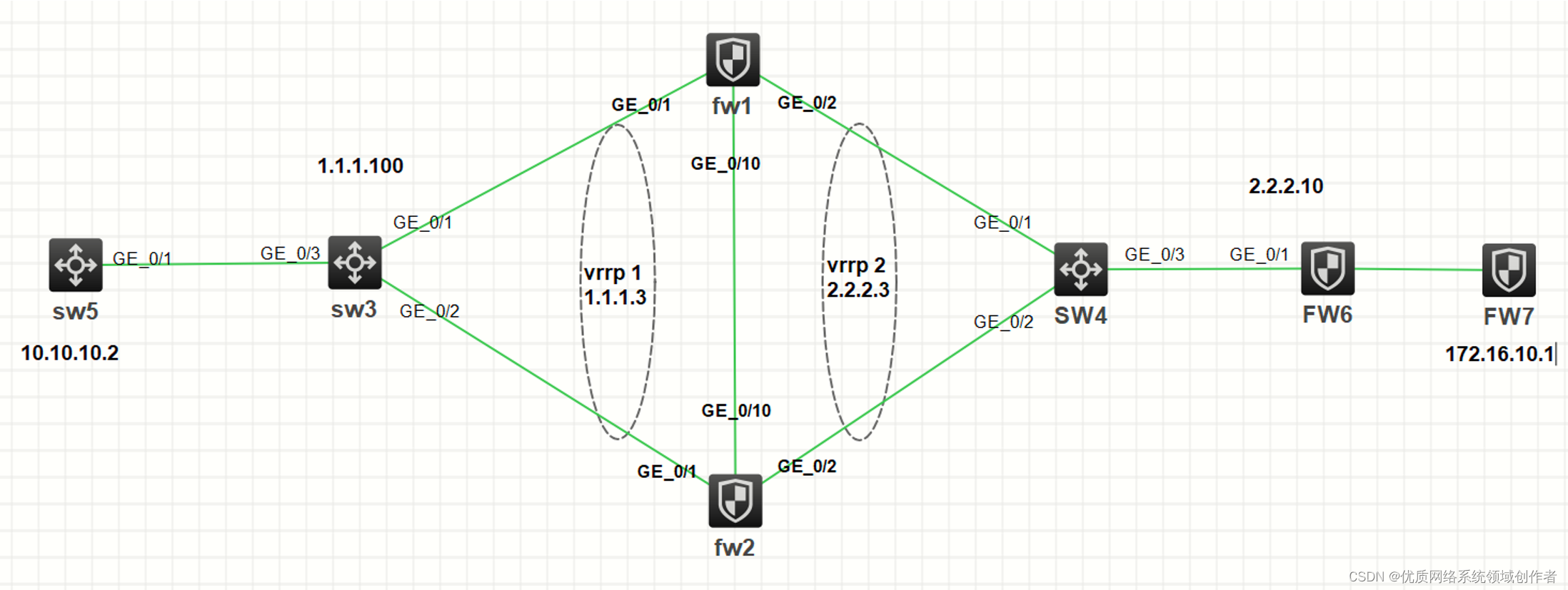
H3C firewall rbm+vrrp networking configuration
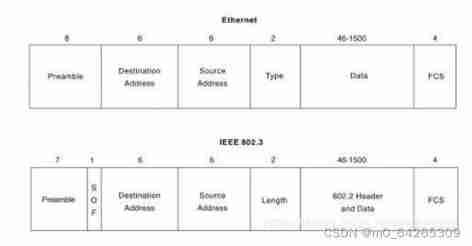
IP day 16 VLAN MPLS configuration

【微信小程序】搭建开发工具环境
随机推荐
SQLMAP使用教程(三)实战技巧二
Demander le Code de texte standard correspondant à un centre de travail dans l'ordre de production
OSPF configuration command of Huawei equipment
2022 software testing workflow to know
continue和break的区别与用法
MIT6.s081-2020 Lab2 System Calls
Investment strategy discussion and market scale prediction report of China's solid state high power amplifier industry from 2022 to 2028
Hongliao Technology: how to quickly improve Tiktok store
Idea new UI usage
Winter 2021 pat class B problem solution (C language)
IPv6 comprehensive experiment
養了只小猫咪
假设检验学习笔记
Report on the competition status and investment decision recommendations of Guangxi hospital industry in China from 2022 to 2028
IDEA 新UI使用
Request forwarding and redirection
Leetcode 701 insertion operation in binary search tree -- recursive method and iterative method
Query the standard text code corresponding to a work center (s) in the production order
数字三角形模型 AcWing 1015. 摘花生
【Postman】测试(Tests)脚本编写和断言详解